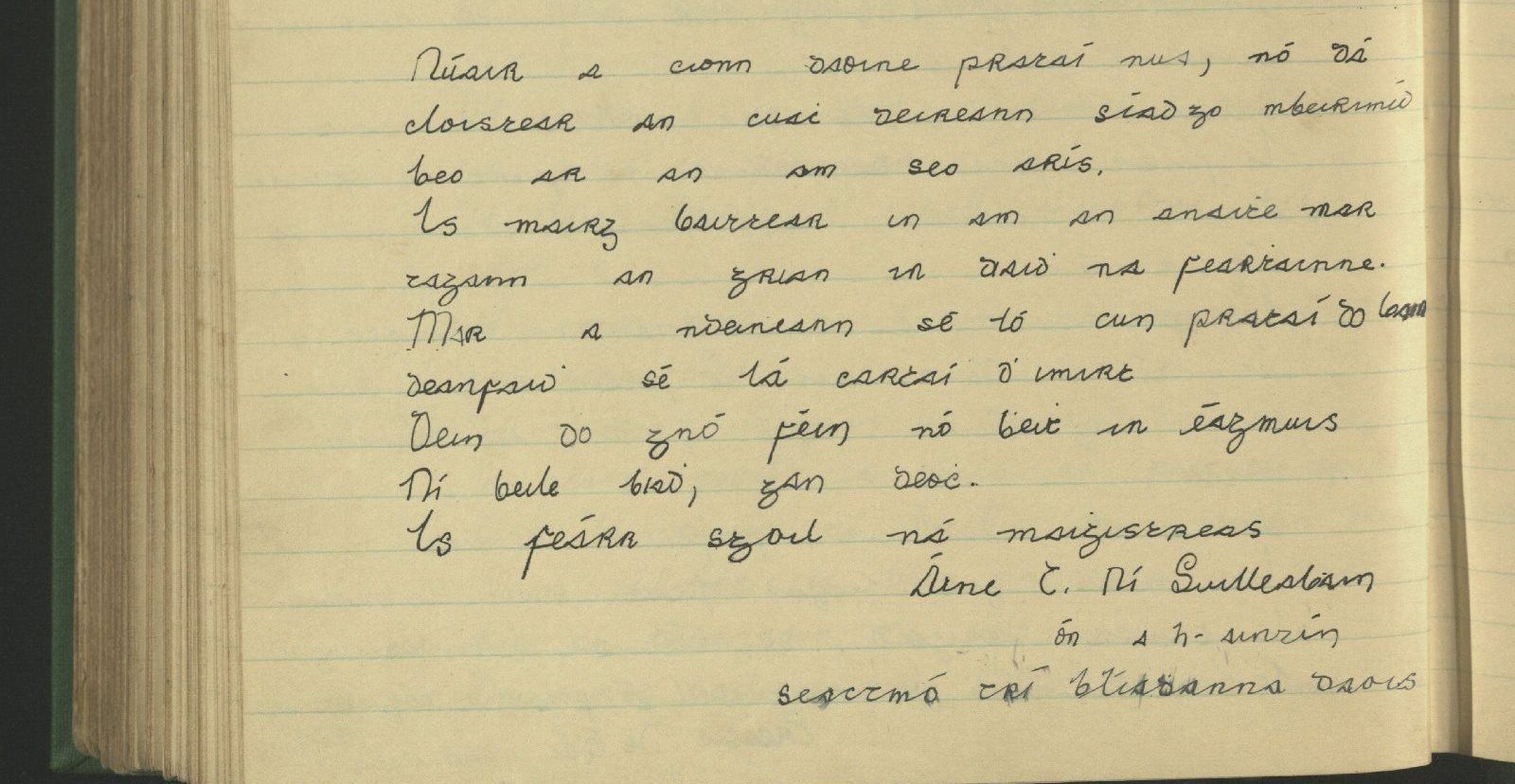The Scairbhín: Nature's Dramatic Seasonal Change in Ireland
It's Cuckoo Time in Cork and Kerry!

It's West Cork, so it has to be another weather related blog post. This month, we again we delve into the world of locally named weather phenomena. Today we're exploring the scairbhín – a fascinating and lesser-known aspect of the Irish climate.
This unique weather event, also known as An Gaoth Scairbhín, is a sudden and dramatic seasonal change that takes place around late April and early May. It is particularly spoken about in the southwest of Ireland but I have found references from as far north as Donegal. In this post, we'll cover the origin of its name, its characteristics, and the impact it has on local flora, fauna, and human activities.
I was at a funeral out on Ceann Tuaithe at the end of April. As is normal at these events, a neighbouring farmer had kindly donated his field so that mourners could park their cars while visiting the wake. Other neighbours were helping direct traffic around the tiny bóithríní out on this stunning peninsula. It was just around sunset and the traffic volunteers were perished with the cold standing in this elevated location. I listen as each mourner thanked the marshals, to a man and woman they mentioned the scairbhín and how difficult a task this was when the scairbhín winds were blowing.

The Origin of the Name
Some speculate that the term scairbhín is derived from the Irish phrase "garbh shíon na gCuach," meaning "the rough weather of the cuckoo" others speculate that it is its own word. Sometimes, you will even see it written as the anglicised 'scaraveen' which is a good guide if you are wondering how to pronounce scairbhín but the scaraveen spelling always appears a little postcolonial to my mind.
Whatever way you spell it and I won't judge you, the scairbhín refers to the period during which harsh winds dominate our local weather pattern. These winds coincide with the return of the cuckoo to Ireland from its winter migration. This bird is often regarded as a herald of spring in Irish folklore, and the sudden change in weather that comes with it is a testament to the unpredictable and powerful nature of Irish weather. In Ireland, it is said that when you hear the cuckoo for the first time each year, you should repeat a traditional prayer "go mbeirimid beo ar an am seo arís". With this beautiful Irish invocation, you are asking to be well and healthy at the same time again (next year).

Characteristics of the Scairbhín
It is always said locally that the scairbhín occurs between April 15th and May 15th, though I did come across one snippet that mentioned it lasts until the third week of May. The traditional date for the start of summer in Ireland is May 1st. However, that is based on a Gaelic calendar that is set by the length of the day. From a climatic standpoint, this is a season when Ireland experiences a sharp transition from our relatively mild winter to the warmer spring-come-summer. The most notable characteristics of the scairbhín weather phenomenon are:
- Sudden drop in temperature: Scairbhín days are marked by a rapid drop in temperature, sometimes as much as 10°C in just a few hours. This can lead to frost formation, particularly during the early morning.
- Strong gusts of wind: The wind speed during this period can reach up to 60-70 km/h, with even stronger gusts possible. This can sometimes make it challenging for outdoor activities, such as hiking or cycling, and can even cause damage to property and infrastructure.
- Hail and snow: The scairbhín winds are often accompanied by hail and on rare occasionally we even see snow showers, which can create hazardous driving conditions and disrupt daily life. In rare cases, these showers can be heavy and persistent, leading to accumulation on roads and other surfaces.
- A change in the prevailing wind direction. During the scairbhín, our prevailing southwesterly winds usually shift to the east. Easterly winds in West Cork tend to be much colder and even harsh at times. A local rhyme states "the wind from the east is neither good for man nor beast".

Impact on Flora, Fauna, and Human Activities
Much like the mistral in the South of France, the scairbhín plays a significant role in shaping Ireland's natural environment and even the behaviour of its inhabitants. Some notable impacts include:
- Flora: The sudden drop in temperature can damage or kill sensitive plants, particularly those in the early stages of growth. Gardeners and farmers must take extra precautions to protect their crops during this time.
- Fauna: The arrival of the cuckoo bird coincides with the scairbhín and it's harsh weather. Many other migratory birds such as the swallow return to Ireland during this time as well. The abrupt change in weather can be challenging for these birds, as they must adjust to the colder temperatures and find food and shelter.
- Human activities: The scairbhín wind can disrupt daily life in Ireland, particularly outdoor activities such as farming, construction, sports and of course eco-tours. People must be prepared for the sudden change in weather and take the necessary precautions to stay safe and warm
Thankfully, unlike our ancestors, we now have wonderful technical clothing. Once we are prepared, it doesn't stop our daily adventures here at Gormú and of course we can also get lovely 'pet days' during the month of the scairbhín.

Conclusion
The scairbhín can be an intriguing weather phenomenon that showcases the power and unpredictability of nature. As we continue to learn more about this unique event, we can better understand and appreciate the incredible dynamics of our planet's climate. Whether you're an Irish native or just visiting the Wild Atlantic Way, be prepared for the scairbhín and it's dramatic arrival and the equally dramatic transformation it brings to the landscape.










